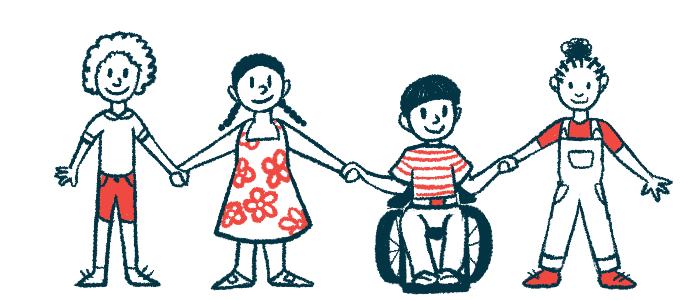Under-the-skin treprostinil better for younger children with PAH
Starting before age 6 allowed for better pulmonary blood flow

Children with pulmonary arterial hypertension (PAH) who are started on treprostinil under the skin, or subcutaneously, at a younger age may be more likely to have better outcomes in the five years ahead, a study suggests.
Starting before age 6, but not having an early response to treatment or less severe disease, also allowed for better pulmonary blood flow, offering insights into clinical decision-making in pediatric PAH.
The study, “Younger age at initiation of subcutaneous treprostinil is associated with better response in pediatric Group 1 pulmonary arterial hypertension,” was published in Pulmonary Circulation.
In PAH, high pulmonary blood pressure occurs as a result of the small blood vessels in the lungs narrowing. Over time, the heart gets weaker because it has to work harder to pump blood to the lungs.
Treprostinil is a lab-made version of the hormone prostacyclin, which lowers blood pressure by helping blood vessels relax. It’s available from United Therapeutics as Remodulin, which can be infused under the skin or into the bloodstream, and as generics.
Determining best response to subcutaneous treprostinil
Not all children with PAH respond the same to treatment with subcutaneous treprostinil, but predicting who will respond and to what degree, remains a challenge. “Better understanding of prognostic factors could impact clinical decisions,” wrote the researchers, who followed 40 children with PAH, ages 3-11, who started subcutaneous treprostinil at a median dose of 68.4 nanograms/kg/min. Nine (22%) had heritable PAH and 31 (78%) idiopathic PAH, meaning its cause was unknown.
The median time from diagnosis to the start of subcutaneous treprostinil was 70 days. After four months, four (10%) were on subcutaneous treprostinil alone. The remaining 36 (90%) were taking two or three medications in combination. The median follow-up time was 4.7 years.
Over this period, 21 (52%) children had side effects; 12 (30%) died, 12 (30%) received a lung, or heart and lung transplant, two (5%) had a Potts shunt to help the heart’s right ventricle function, and one (3%) had balloon-atrial septostomy to help enrich the blood with oxygen. After five years, 83% of the children were still alive.
Children younger than 6 when they started subcutaneous treprostinil were more likely to be free of side effects in the five years ahead than those who were older (94% vs. 39%). They also had a significantly shorter time between diagnosis and treatment (27 vs. 297 days).
A greater proportion of younger children had World Health Organization class I or II, meaning they had no symptoms at rest, compared with older children (88% vs. 39%). They also had signs of better right heart function. The children with less severe disease or an early response to treatment didn’t necessarily remain free of side effects in the five years after starting subcutaneous treprostinil, contrary to what the researchers had anticipated.
The findings suggest subcutaneous treprostinil “should be considered as a primary therapy in young patients,” wrote the researchers, who noted starting it at a younger age may result in “superior outcomes.”








